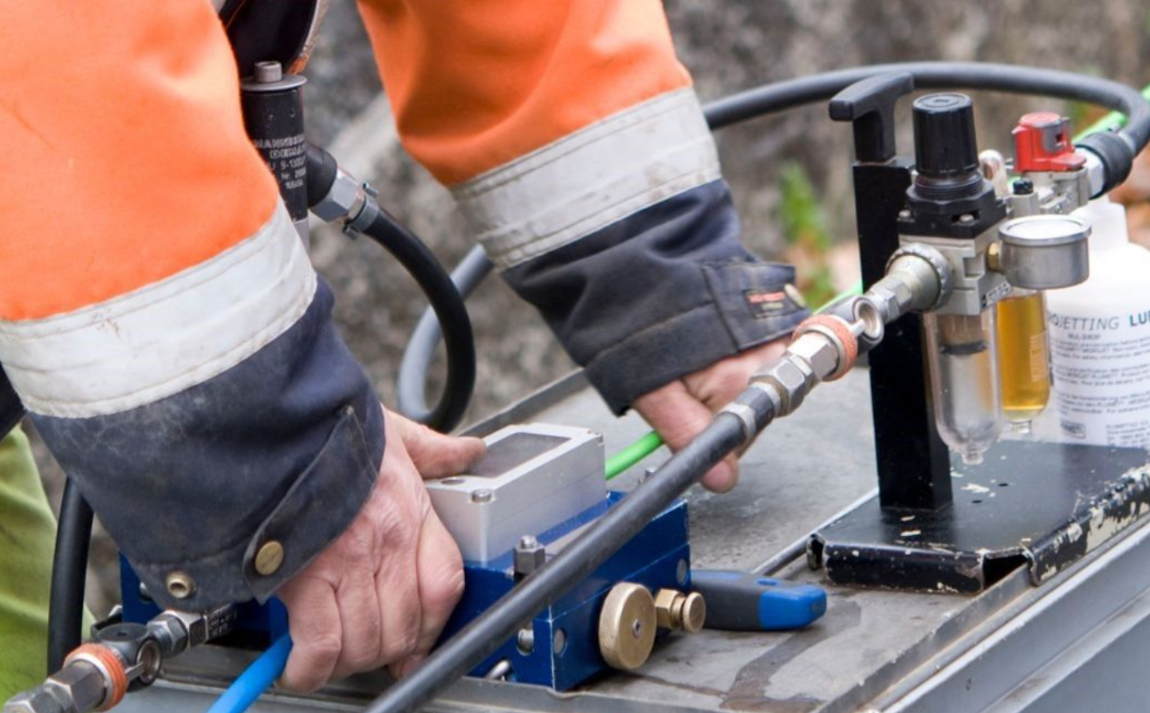- About Aginode
- Data Networks
- Telecom Infrastructure
- Products
-
Resources
- Resources
- Documentation
- Blog
-
Case Studies
- Overview
- Innoasis development in Norway
- Eemsdelta Campus
- Hotelschool The Hague
- Emergency covid hospital, Hong Kong
- Société du Grand Paris
- Centrin Datacentres
- Airbus
- Athens Historic City Hall
- Pinewood Studios
- Goethe University Frankfurt
- Denmark New University Hospital
- University of Toulouse
- CHM Maubeuge: a model for future-ready hospitals
- Webinars
- Software Tools
- Warranty
- Newsroom
- Search
- Contact us
- Compare
- Sign in
Telecom
Challenges, opportunities, and solutions for UK AltNets in 2023


After a flying start, AltNets must sustain their initial progress by effectively balancing standardisation, configurability, guidance, and accessibility. This is accomplished through the implementation of smart solutions.
Keeping up with ambitious rollout goals
FTTP build rates in the UK are currently among the world’s highest. Regulatory freedoms and availability of financing have resulted in a highly competitive, disaggregated market in which more than 100 AltNets (alternative network providers) are taking on incumbents. Last year, the Government’s Levelling Up White Paper gave a target of realising nationwide gigabit-broadband by 2030. The Government is committed to meeting 85% of premises by 2025. Today, legacy broadband covers 96% of UK homes, with take-up higher than 85%. However, once BT switches off its legacy networks in 2025, true 'full fibre' networks will be required to deliver this gigabit ambition - and AltNets are a large part of the solution to deliver this.
A closer look at the key challenges
Over the last five years, UK AltNets have attracted more than £10bn in private investment. Research by Intelligens Consulting research shows that in January 2023 the top 10 AltNets had committed £12 billion to building full-fibre UK networks by 2026/27 – that’s a £2 billion increase since June 2022. According to the report, the top 10 full-fibre AltNets had passed 5.4 million premises by January 2023, significantly up from 4.2 million premises in June of the previous year. As AltNets move to the next phase of network maturity, large-scale investment is expected to continue for at least another five years. However, there are some hurdles to overcome. Let’s look at some of these in detail:
Competing providers all building networks in the same area – known as ‘overbuild’ – requires AltNets to ensure they have a first mover advantage. That means planning, getting permissions, and building fast, first-time right. Increasing digitization in FTTx network design, rollout, and optimisation plays an important role in optimizing fibre routes.
A recent report from the Independent Networks Co-operative Association (INCA) suggests that, although AltNets have had a great deal of success in attracting initial funding, they’ll need additional investment to reach their coverage goals. Investors are becoming more cautious, partly due to inflation and supply chain issues. This means delivering networks on time, and in budget evert time, and being able to offer complete transparency.
Several important regulatory changes have been recently implemented, or are set for implementation this year:
- Broadband switching rules and General Condition (GC) obligations on operators
- The Telecommunication Security Act (TSA) 2021
- Telecom watchdog Ofcom’s compliance and monitoring regime.
- Ofcom’s announcements regarding reviewing of inflation-linked retail broadband price increases and new rules on net neutrality
- Guidelines for keeping as-built records are very strict, so products need to support compliance.
These present new challenges to AltNets. With this in mind, it is vital to know that any solution planned to be implemented is entirely in line with standards and requirements.
Unlike many other regions, the UK presents vast differences in business cases, geographies, limitations to existing infrastructure, while on the other hand there are relatively fewer MDUs. Products and solutions need to accommodate a wide range of approaches and processes.
Rural connectivity presents several specific challenges in the areas of cost-efficiency and smart use of (scarce) labour. Labour represents the largest part of the cost of fibre builds, often amounting to more than half of the total cost. There’s no single solution to making fibre rollouts and ongoing operations faster and more cost effective with fewer technical employees. Avoiding the use of a huge variety of products to overcome different challenges is key. Product solutions that reduce the need for highly skilled labour, reduce the overall time of deployment, and make sure no time and money is lost after installation are an important part of the solution. Using pre-connectorised fibres, for example, can help reduce the amount of time required in a fibre rollout, support easier fibre identification, and ensure connections meet customer specifications. What’s more, the risk of human error is reduced.
Practical approaches to real-world issues
Each discrete part of the network comes with its own challenges and any solution should work across the various ‘silos’. Aginode’s decades of experience with fibre rollouts and UK markets have allowed us to come up with a number of solutions that achieve exactly that! As we offer services, deliveries and manufacturing across Europe and the UK, supply chain risks are minimised. Extensive knowledge of the UK markets, standards and legislation, which can differ significantly between areas, ensures there won’t be any unpleasant surprises down the line.
‘Plug-and-play’ fibre installation technology combined with standardization and smart infrastructure and monitoring systems can help alleviate the current labour shortage and can reduce the amount of time spent deploying access points from several hours to just a few minutes. Standardization without losing configuration flexibility is key. Our BRIGHTBOX™ closures for splicing or patching optical cable with 144 and 288 splice capacity is highly versatile and makes it possible to use the same procedures for aerial and underground applications.
Of course, as each network and business case is different, there’s no ‘one size fits all’ approach, so if you’ve any questions, talk to an expert!
Categories
Our websites
Select your country to find our products and solutions
-
Africa
- Africa
- Ghana
- Ivory Coast
- Morocco
- North West Africa
- Americas
- Asia
- Europe
- Oceania
